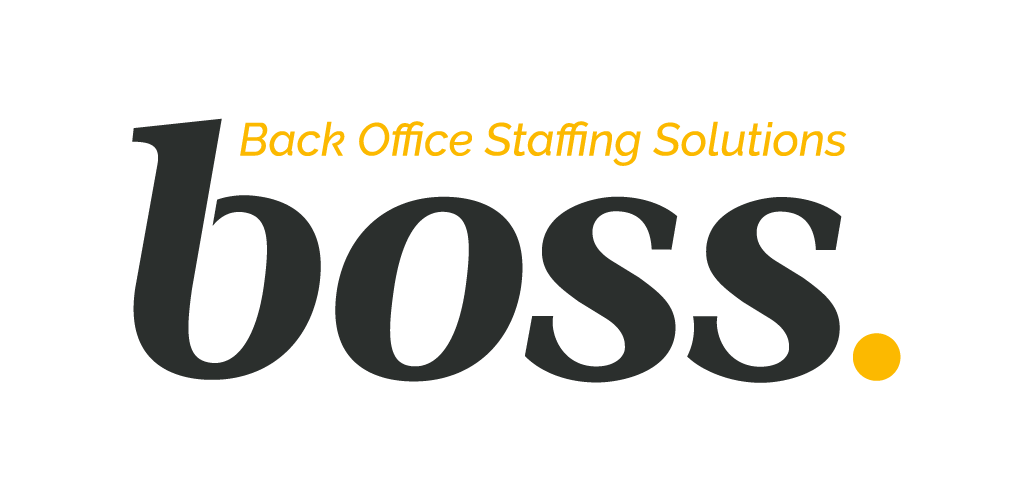Quick Hit: Temp-to-Perm Conversion Fees

Just as no two clients are alike, there is no single way to price a conversion fee. Do your best to consider all factors.
Frame your position. Let your client know that you will work with them, and that you are happy to earn their fee via temp or perm. It’s important to convey that neither route will save them money on the fee. Reinforce that the real savings is in avoiding costly mis-hires.
Know your numbers. The best way to structure your fees will be clearer once you do a little math. Let’s say a job opening has a pay rate of $40/hour and a bill rate of $60/hour, yielding an annual salary of $80,000 and a 25% fee of $20,000 for you. Your goal is to capture as much of $20,000 perm fee via your temp gross margin over the course of that first year.
Assuming an EOR burden* (SUTA, FUTA, FICA) of 13% of the pay rate ($5.20 of the $40/hour) your hourly profit is $14.80 per hour worked. If we look at that $14.80 per hour gross as a percentage of your revenue ($60/hour bill rate), your gross margin percentage is 24.67%. This means that you will earn almost $25 for every $100 billed. Now you can figure out the profit on a six-month assignment by taking 1,000 hours and multiplying that by our hourly profit of $14.80, which yields you a temp profit/margin of $14,800! Therefore, if this was a full year assignment, you would make approximately $29,600 — more you’re your perm search fee!
*Note: If you require back office support and payroll funding from a firm like BOSS, your temp gross margin would be less, thus affecting how quickly you can earn your ongoing fee — and possibly how you determine your conversion fee.
Define milestones. If the contractor lasted 6 months, you would have earned $14,800. So, it would not be unreasonable to suggest a $5,000 fee or so after six months and then perhaps let them convert to perm for free at nine months.
Less can be more. You may decide to convert the worker for free at, say, six months and “eat” the $5,000 difference. Why? Because there are typically more temp openings than permanent search, giving you chances close multiple placements, more temp margin and more conversion fees.
Conversion Fee vs. No Conversion Fee. If you charge a low markup and fee (keeping the mis-hire risk low), then you’ll want to earn your money back on the conversion fee. Conversely, if you are able to charge a high markup, then you can give your client a great deal on the temp conversion fee (plus, your odds of closing skyrocket) and make less or no profit on the conversion.
Hopefully this exercise gave you a feel for how you can structure temp-to-perm agreements and conversion fees to match the clients’ needs. If you need assistance with a specific job requirement, please feel free to reach out at info@backofficestaffingsolutions.com!
